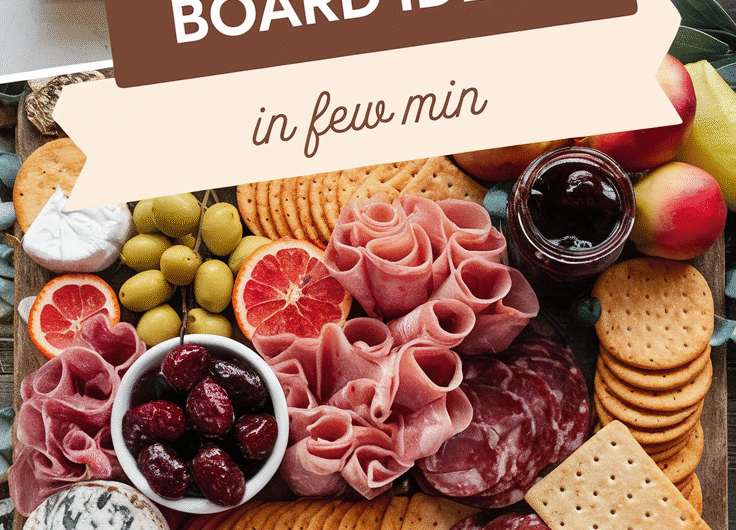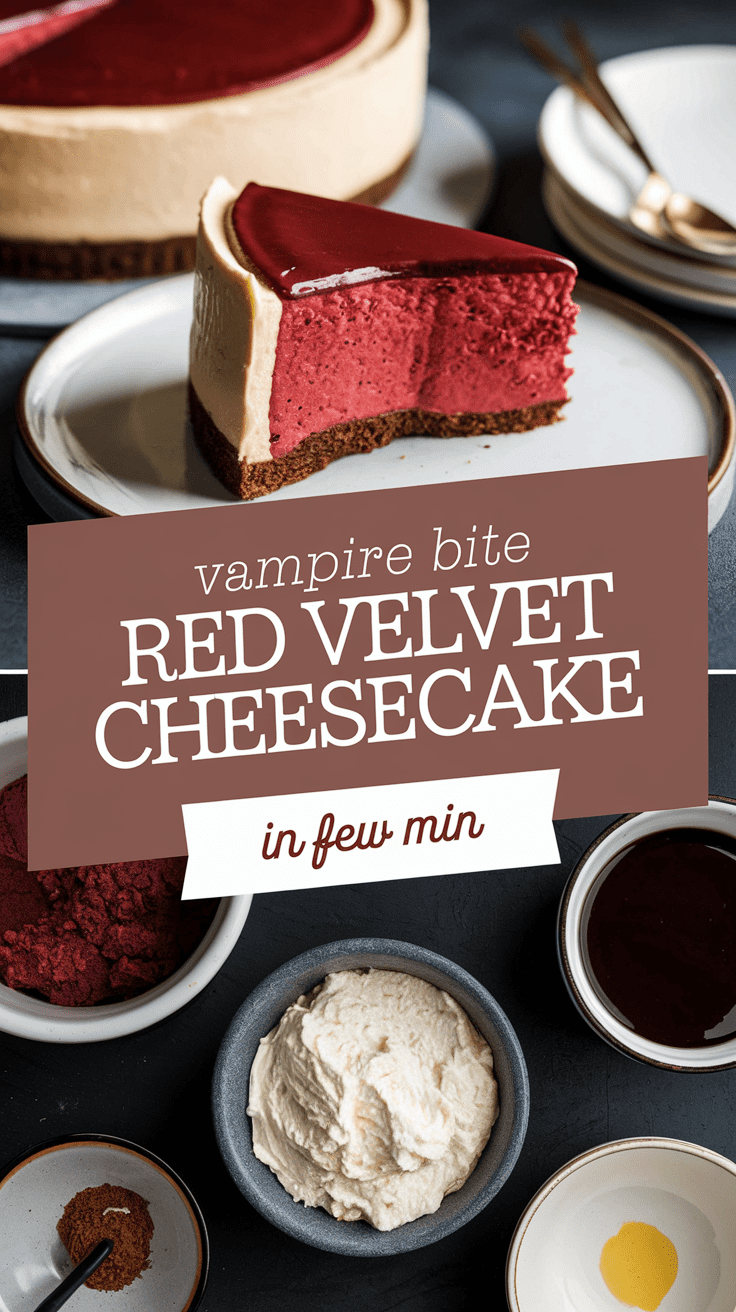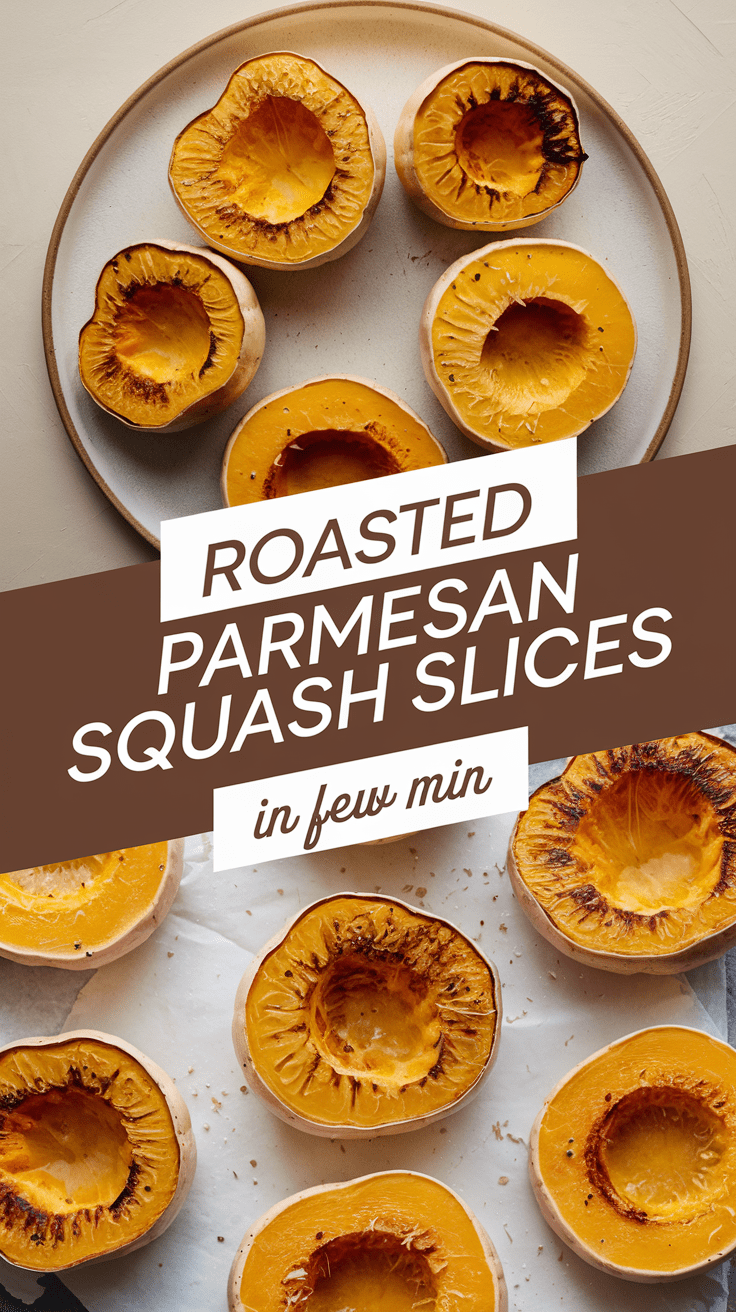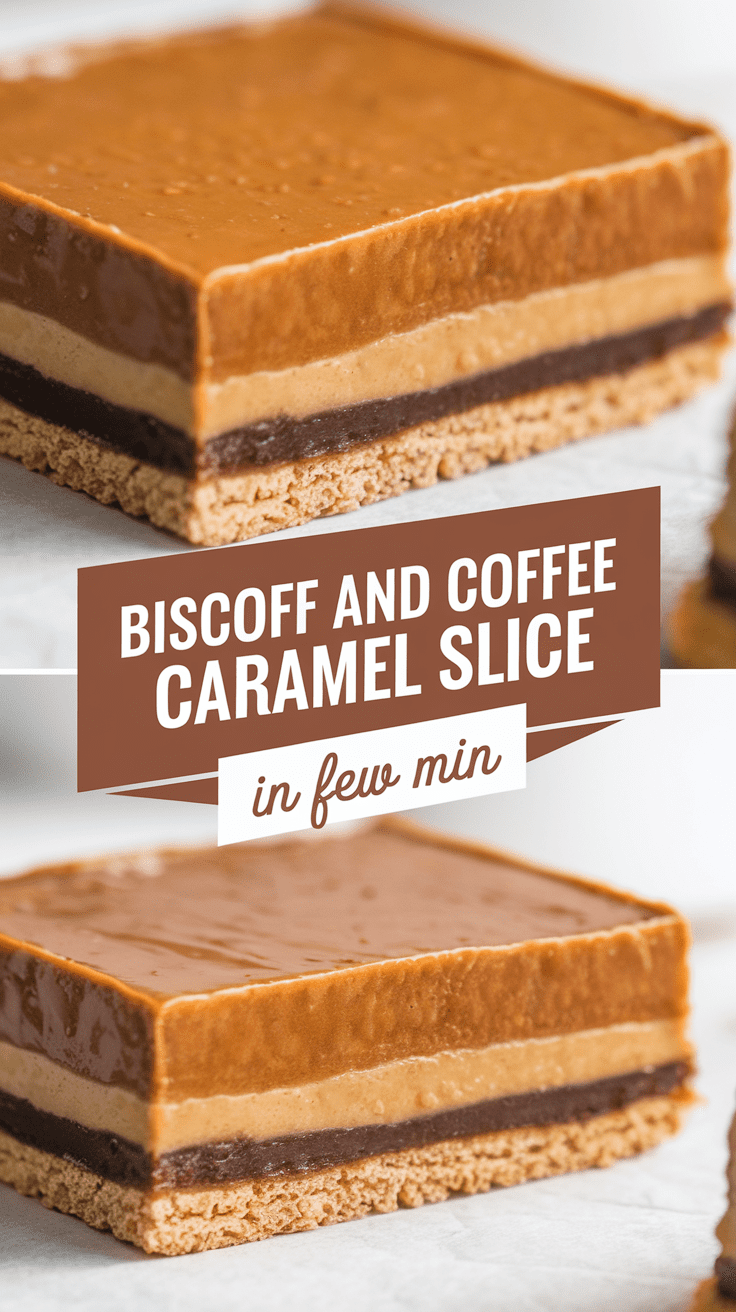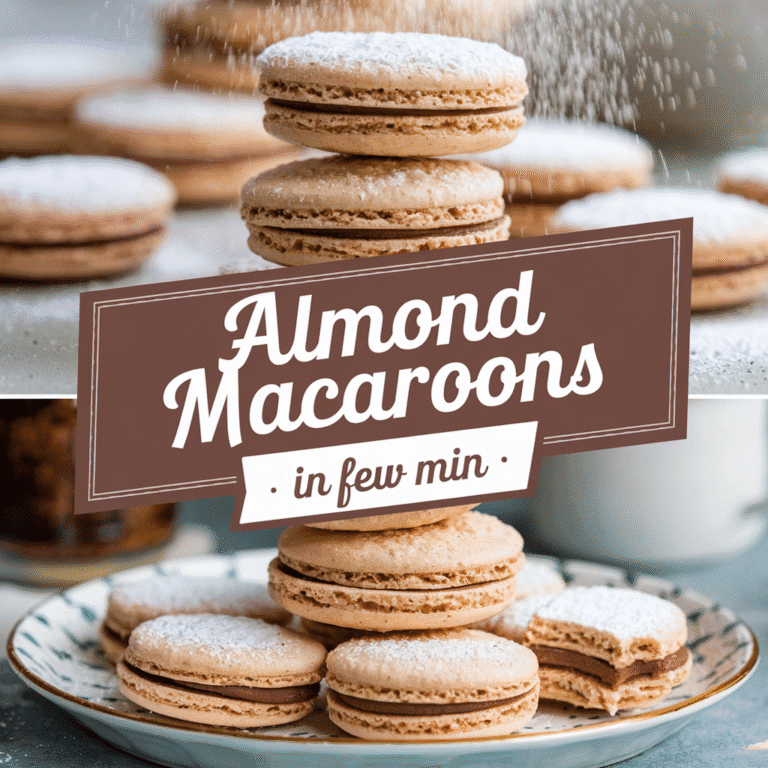Best Charcuterie Board Ideas
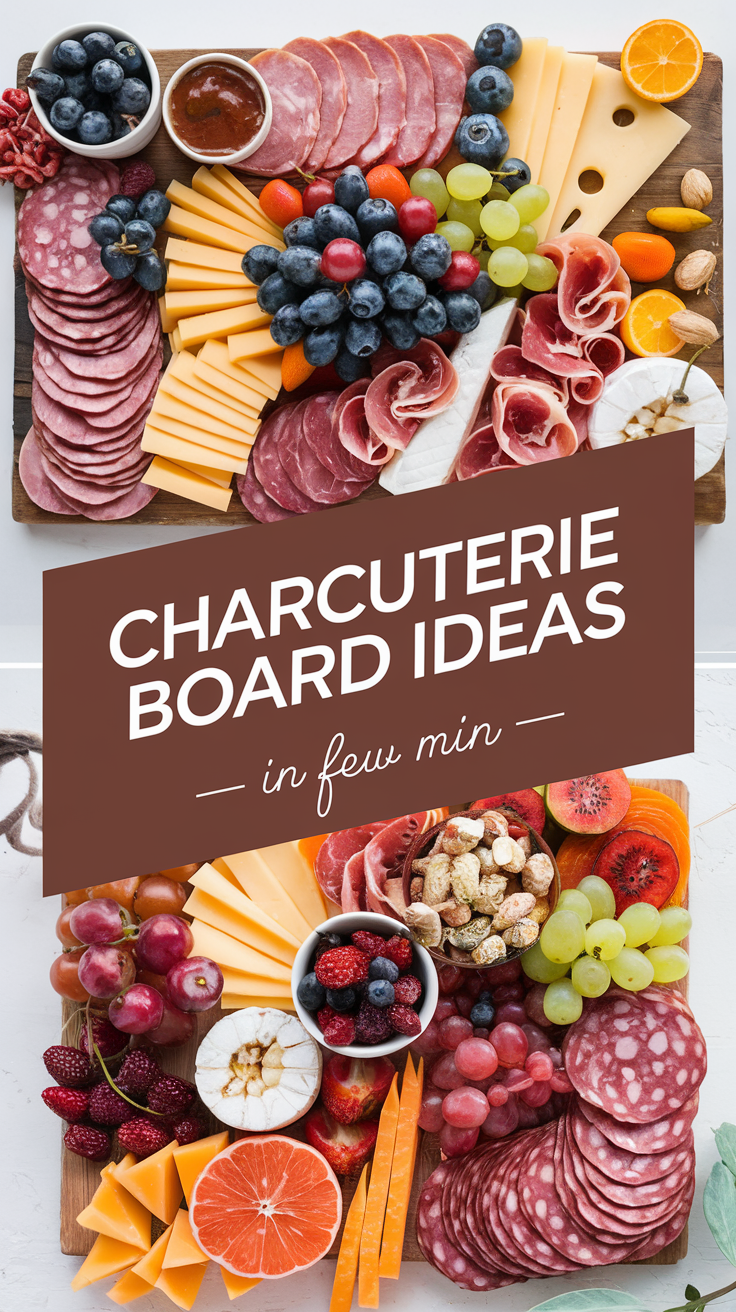
I’ll admit it—I’m a little obsessed with charcuterie boards. There’s just something magical about setting out a wooden board filled with colorful cheeses, cured meats, crunchy crackers, and little bites that invite people to gather and graze. The first time I made one for a family get-together, I thought it would be overwhelming. What if I didn’t pick the “right” cheeses? What if it looked messy? But the beauty of charcuterie is that there isn’t really a wrong way—it’s all about variety, balance, and presentation.
When I brought my first board to the table, everyone’s eyes lit up before they even took a bite. That’s the magic: charcuterie isn’t just food, it’s an experience. It sparks conversation, gives people choices, and turns even a casual night in into something that feels special.
Why You’ll Love Making Charcuterie Boards
- Customizable – You get to pick the flavors and textures that you (and your guests) love most.
- Stress-free entertaining – No need to cook a full meal; let the board do the work.
- Visually stunning – A charcuterie board is edible art, and it always looks impressive.
- Great for any occasion – Works for date nights, holidays, parties, or even a cozy night alone.
- Mix of flavors & textures – Salty, creamy, crunchy, tangy—it’s all there in one bite.
Tools You’ll Need
Think of these as your toolkit for creating a showstopping board:
- Large wooden board, slate, or tray – The “canvas” for your masterpiece.
- Small bowls or ramekins – Perfect for olives, dips, or spreads so things don’t run all over the board.
- Cheese knives or spreaders – Makes serving smoother and more fun.
- Tongs or toothpicks – Keeps things neat when people start digging in.
Ingredient Ideas
Here’s where you get to play. A balanced charcuterie board usually includes these categories:
Cheeses
(Aim for 3–5 varieties)
- Soft: Brie, Camembert, goat cheese
- Semi-soft: Havarti, Fontina, young Gouda
- Hard: Aged cheddar, Manchego, Parmesan
- Blue: Gorgonzola, Roquefort, Stilton
Meats
(Choose 2–4 options)
- Prosciutto
- Salami (sliced thin or in “salami roses”)
- Soppressata
- Chorizo
- Mortadella
Crunchy Base
- Crackers (herb, seeded, buttery)
- Toasted baguette slices
- Breadsticks
Fruits & Veggies
- Fresh: Grapes, apple slices, strawberries, cucumber, cherry tomatoes
- Dried: Apricots, figs, cranberries
- Pickled: Cornichons, olives, peppers
Extras & Accents
- Nuts: Almonds, walnuts, candied pecans
- Spreads: Honey, fig jam, mustard, hummus
- Garnishes: Fresh herbs (rosemary, thyme), edible flowers for flair
Step-by-Step Assembly
- Start with bowls. Place your ramekins with spreads, dips, or olives first—it gives you anchors to build around.
Tip: Think of them as little landmarks on your board. - Arrange cheeses. Fan them out, slice some, and leave others whole for variety. Place them at different corners.
- Add meats. Fold or roll slices for texture. Prosciutto looks elegant draped, while salami stacks easily.
- Fill in with crackers and bread. Layer them in lines or semi-circles for structure.
- Tuck in fruits and veggies. Let the colors pop! Grapes spilling into corners always look gorgeous.
- Scatter nuts and extras. Fill in any gaps so the board looks abundant and inviting.
- Garnish. A sprig of rosemary or drizzle of honey can make the board feel polished.
Serving Ideas
- Pair with wine (a crisp Sauvignon Blanc or a bold red like Cabernet works beautifully).
- Add a few chocolates or truffles if you want a sweet-savory twist.
- Keep extra crackers or bread on the side in case the board disappears faster than expected (trust me, it will).
Variations & Customizations
- Breakfast Board: Swap meats for smoked salmon, add bagels, cream cheese, and berries.
- Dessert Board: Feature chocolates, cookies, caramel dip, and fruits.
- Seasonal Board: Summer = berries + fresh mozzarella. Fall = spiced nuts + apples. Winter = cranberries + rich cheeses.
Storage & Make-Ahead
- Prep ahead: Slice cheeses, wash fruit, and portion meats a few hours before. Assemble just before serving so things stay fresh.
- Leftovers: Store cheeses wrapped separately, and keep fruits in airtight containers. Crackers should be stored dry so they don’t soften.
Pro Tips & Mistakes to Avoid
- Mix shapes & textures. Cut cheeses differently (wedges, cubes, slices) for visual interest.
- Don’t overcrowd. Abundance looks good, but you still want guests to easily grab food.
- Balance flavors. Too many strong cheeses or salty meats can overwhelm—make sure you include lighter options.
- Room temperature is best. Let cheeses sit out for about 30 minutes before serving for the best flavor.
At a Glance
- Yield: Serves 6–8 as an appetizer
- Prep time: 20–30 minutes
- Total time: ~30 minutes
Nutrition (per serving, highly variable):
- Calories: ~300–400
- Protein: 12–15 g
- Fat: 20–25 g
- Carbs: 15–20 g
Final Thoughts
Charcuterie boards are my favorite kind of cooking—because they don’t feel like cooking at all. They’re about creativity, variety, and enjoying food in a way that’s as social as it is delicious. Once you make your first board, you’ll see how easy and fun it is to put your own spin on it.
So go ahead—pick a few cheeses, fold some salami, scatter some grapes, and watch the magic happen. And when you do, I’d love to hear about your creation: did you go classic, seasonal, or completely out of the box?
Charcuterie Board Ideas
4
servings30
minutes40
minutes300
kcalI’ll admit it—I’m a little obsessed with charcuterie boards. There’s just something magical about setting out a wooden board filled with colorful cheeses, cured meats, crunchy crackers, and little bites that invite people to gather and graze. The first time I made one for a family get-together, I thought it would be overwhelming. What if I didn’t pick the “right” cheeses? What if it looked messy? But the beauty of charcuterie is that there isn’t really a wrong way—it’s all about variety, balance, and presentation.
When I brought my first board to the table, everyone’s eyes lit up before they even took a bite.
Ingredients
Here’s where you get to play. A balanced charcuterie board usually includes these categories:
Cheeses:
(Aim for 3–5 varieties)
Soft: Brie, Camembert, goat cheese
Semi-soft: Havarti, Fontina, young Gouda
Hard: Aged cheddar, Manchego, Parmesan
Blue: Gorgonzola, Roquefort, Stilton
Meats:
(Choose 2–4 options)
Prosciutto
Salami (sliced thin or in “salami roses”)
Soppressata
Chorizo
Mortadella
Crunchy Base
Crackers (herb, seeded, buttery)
Toasted baguette slices
Breadsticks:
Fruits & Veggies
Fresh: Grapes, apple slices, strawberries, cucumber, cherry tomatoes
Dried: Apricots, figs, cranberries
Pickled: Cornichons, olives, peppers
Extras & Accents:
Nuts: Almonds, walnuts, candied pecans
Spreads: Honey, fig jam, mustard, hummus
Garnishes: Fresh herbs (rosemary, thyme), edible flowers for flair
Directions
- Start with bowls. Place your ramekins with spreads, dips, or olives first—it gives you anchors to build around.
- Tip: Think of them as little landmarks on your board.
- Arrange cheeses. Fan them out, slice some, and leave others whole for variety. Place them at different corners.
- Add meats. Fold or roll slices for texture. Prosciutto looks elegant draped, while salami stacks easily.
- Fill in with crackers and bread. Layer them in lines or semi-circles for structure.
- Tuck in fruits and veggies. Let the colors pop! Grapes spilling into corners always look gorgeous.
- Scatter nuts and extras. Fill in any gaps so the board looks abundant and inviting.
- Garnish. A sprig of rosemary or drizzle of honey can make the board feel polished.
Notes
- Mix shapes & textures. Cut cheeses differently (wedges, cubes, slices) for visual interest.
Don’t overcrowd. Abundance looks good, but you still want guests to easily grab food.
Balance flavors. Too many strong cheeses or salty meats can overwhelm—make sure you include lighter options.
Room temperature is best. Let cheeses sit out for about 30 minutes before serving for the best flavor.


